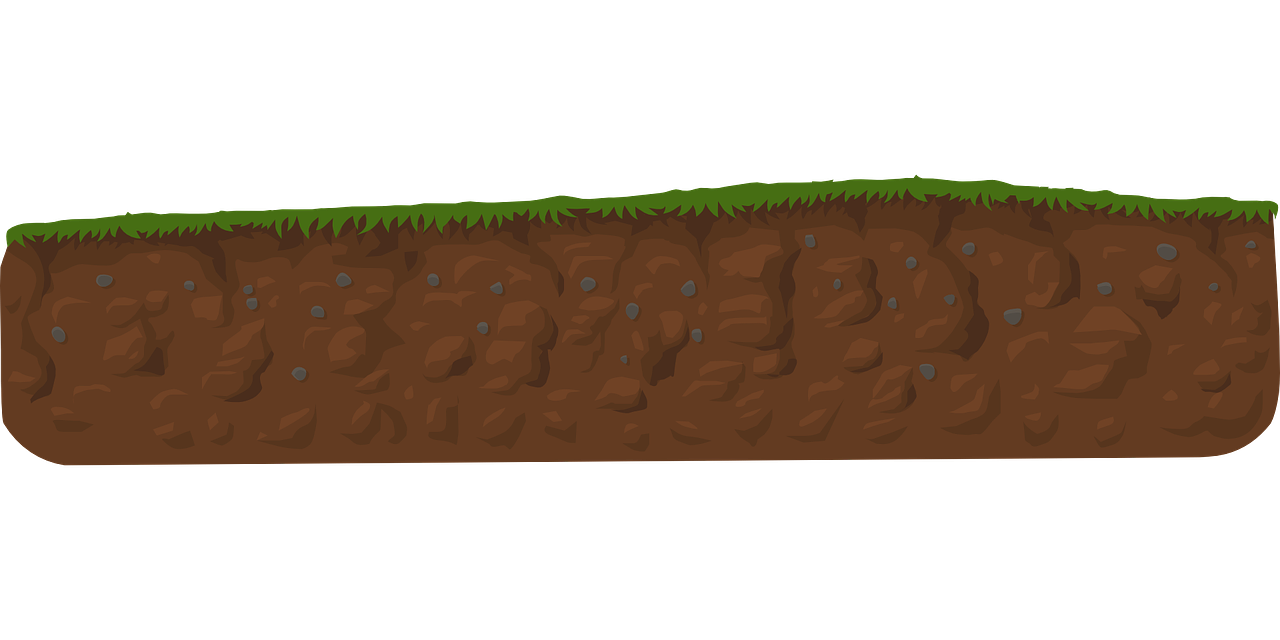
Earth’s lithosphere is a fascinating and dynamic part of our planet. It contains a variety of interesting features that are essential for life on Earth, from the continental plates that form our continents to the tectonic plates that drift beneath the ocean. In this article, we’ll explore some of the most interesting facts about the Earth’s lithosphere, from how it was formed to its complex composition. We’ll also discuss how the lithosphere affects our climate and environment, and how it is being studied by scientists today. We have more content like this that you can read on 5 facts about the outer core.
Uncovering the Mysteries of Earth’s Lithosphere
The lithosphere is the outermost layer of the Earth, composed of the crust and the uppermost mantle. Its thickness ranges from about 5 to 70 kilometers (3-43 miles), depending on its location. Although it is the smallest layer of the Earth, it is of great importance to scientists, since it houses the majority of the planet’s geological activity. The lithosphere is an ever-evolving layer, constantly being shaped and reshaped by tectonic forces.
The lithosphere is composed of numerous plates that move in different directions, causing earthquakes, volcanoes, and mountain formation. These plates also interact with each other, either pushing against each other, forming mountains, or pulling away from each other, creating valleys. The lithosphere is divided into two categories: oceanic and continental. Oceanic lithosphere is denser and thicker, while continental lithosphere is more buoyant and thinner.
At the interface between the lithosphere and the underlying mantle, the asthenosphere, is where the majority of the Earth’s tectonic activity takes place. This is where convection currents occur, which cause the plates to move. The exact mechanism that drives these convection currents is still a mystery, but scientists are working on it.
The lithosphere is also home to large deposits of useful minerals and fossil fuels, such as coal and oil. These resources are essential to our modern way of life, and without them, our economy and lifestyle would be drastically different.
Understanding the Earth’s lithosphere is essential to understanding the planet’s geological history and its current state. Scientists are constantly researching the lithosphere to gain insight into the past and present, as well as to better predict the future of our planet.
Fascinating Facts About Earth’s Outermost Layer
The Earth’s outermost layer, known as the lithosphere, is an essential component of our planet’s makeup. It is composed of a solid layer of rock that is broken into several distinct tectonic plates. The lithosphere is an incredibly complex and dynamic region of the Earth that is constantly shifting and changing. Here are some fascinating facts about Earth’s outermost layer:
- The lithosphere is divided into two sub-layers: the upper layer, known as the asthenosphere, and the lower layer, known as the lithospheric mantle. The asthenosphere is composed of molten rock that is capable of flowing slowly over time. The lithospheric mantle, meanwhile, is composed of solid rock.
- The lithosphere is constantly moving and shifting due to plate tectonics, which is the process by which the plates move and interact. This movement causes earthquakes, volcanoes, and mountain ranges.
- The lithosphere is not uniform in thickness. The thinnest areas are located near the oceanic trenches and the thickest areas are located near the mid-ocean ridges.
- The lithosphere is constantly being recycled and replaced by a process called subduction. Subduction occurs when oceanic plates sink beneath continental plates, causing the crust to be recycled and replaced.
- The lithosphere is a major component of the Earth’s climate system. The lithosphere is responsible for transporting heat from the inner layers of the Earth to the surface, which allows for the existence of life on the planet.
- The lithosphere is made up of a variety of minerals, including silicate rocks, iron, calcium, and magnesium. The composition of the lithosphere determines its temperature, density, and strength.
- The lithosphere is the only layer of the Earth that is visible from space. Its features, such as mountains and oceans, are easily identifiable from satellite images.
- The lithosphere is an essential component of the Earth’s water cycle. It acts as a filter, trapping moisture from the atmosphere and regulating how water moves through the atmosphere and into the oceans.
The lithosphere is an incredibly complex and fascinating region of the Earth. Understanding its composition and dynamics can help us better understand the planet we inhabit.
The Lithosphere: Earth’s Strongest Layer
The lithosphere is the strongest layer of the Earth. It is composed of the crust and the uppermost part of the mantle. The lithosphere is approximately 100 km thick and is made up of solid rock. It is divided into tectonic plates, which move around the Earth’s surface, and is responsible for the formation of mountains, volcanoes, and earthquakes.
The lithosphere is strong because it is composed of solid rock. This rock is formed from igneous, sedimentary, and metamorphic rocks. These rocks are formed from molten material called magma, which is created by the intense heat of the Earth’s core. The rocks that make up the lithosphere are extremely dense and are very resistant to the forces of weathering and erosion.
The lithosphere protects the Earth from many of the forces of nature. It helps to regulate the Earth’s climate by trapping and releasing heat from the sun. It also protects the surface of the planet from the impact of meteorites and other space debris. The lithosphere also helps to maintain the shape of the Earth’s surface, as tectonic plates are constantly shifting.
The lithosphere is an important layer of the Earth for many reasons. It helps to regulate the Earth’s climate, protect the surface from meteorites, and maintain the shape of the Earth’s surface. Without the lithosphere, the Earth would be a very different place.
